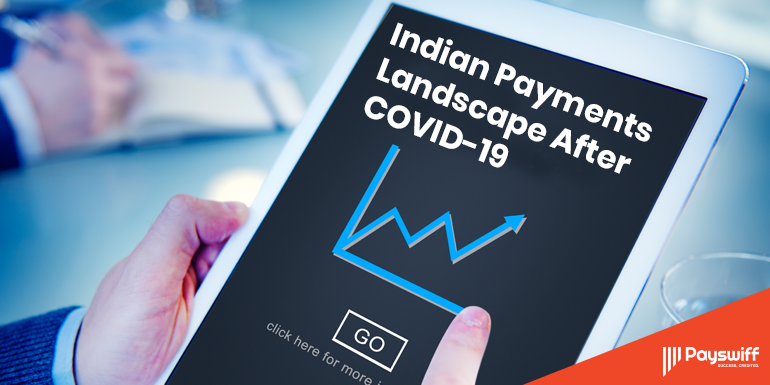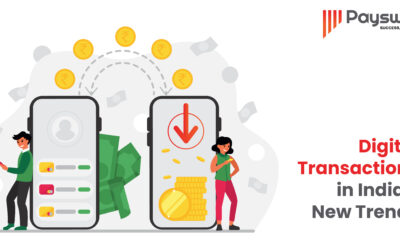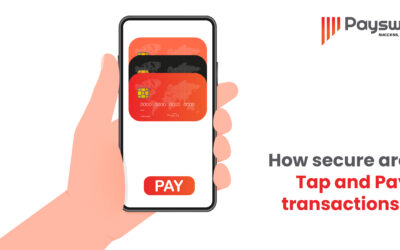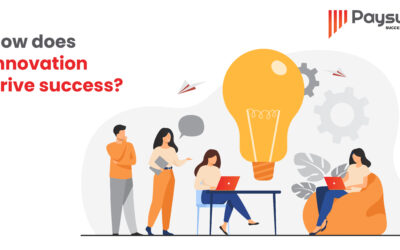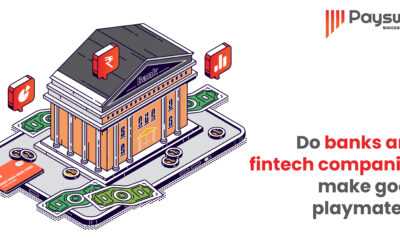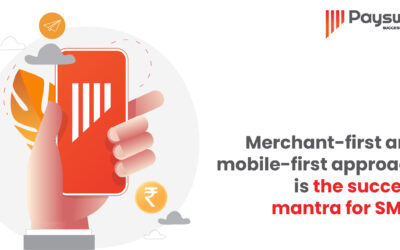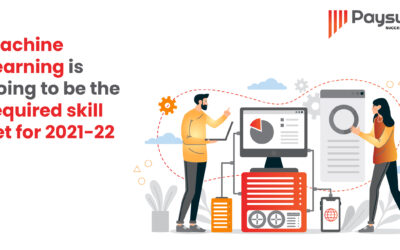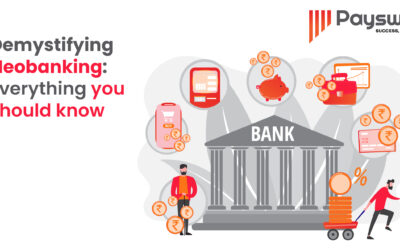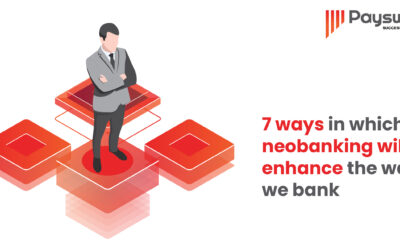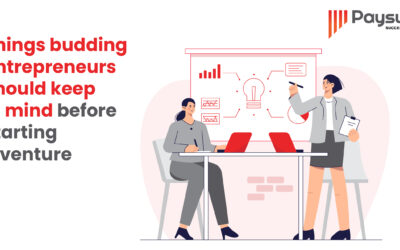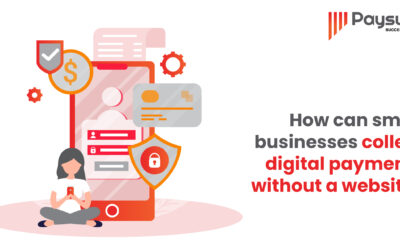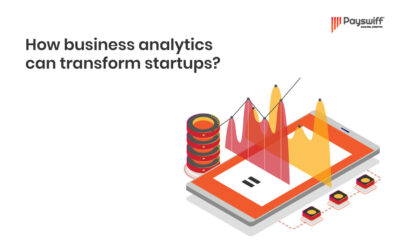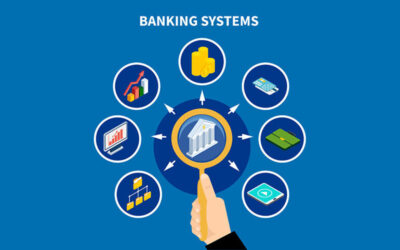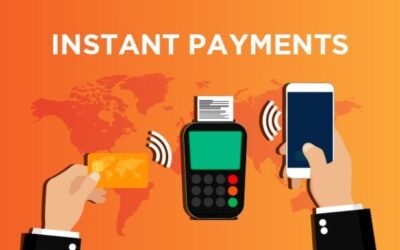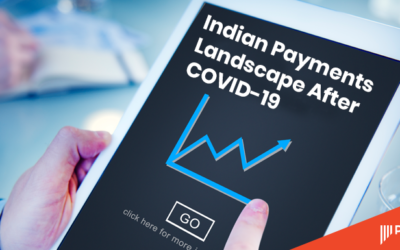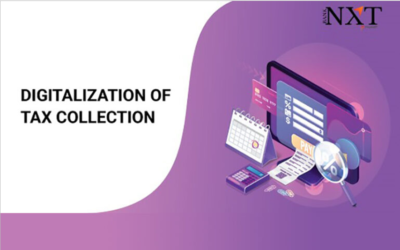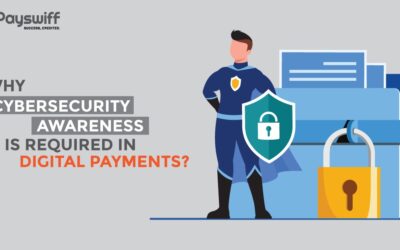
Blog
Designing a First World Payment System for a Third World Country
India’s robust payment infrastructure has been a subject of various studies and articles in the past and often compared to the existing systems in the West. The most ringing endorsement perhaps, would be Google’s suggestion to the Federal Reserve to implement UPI’s model in America.
As opposed to popular belief, the order was based on the alignment of countries during the Cold War regime and not economic parity. In fact, a wealthy country like Saudi Arabia is categorized as a third world country – simply because it is neither Western nor communist.
This little blast from the past also provides context for another lesser-known fact: the idea of mobile banking was born in a “third world country” – Kenya. M-Pesa’s resounding success story has inspired many fintech startups in the African continent especially Somalia, where mobile payments have superseded cash.
The developing world has now become the cradle of financial innovation that is driven by the need to create an alternative to cash, an Internet boom, and the young population. In India, various interventionist policies have also aided in promoting digital payments. Demonetisation is widely credited with accelerating the growth of cashless transactions and many predict that the current pandemic could propel the adoption of contactless payments.
Every crisis presents an opportunity for a tectonic shift in the existing landscape which is driven by innovation tackling various challenges. The famous cliche about the Chinese equivalent for crisis – “weiji” that combines the characters that mean “danger and opportunity” rang true during the 2003 SARS outbreak. Alibaba not only managed to safely navigate through the challenges – but also seized the opportunity by focusing on e-commerce as people avoided physical stores. Today, most of the companies find them in the same predicament as changing consumer habits and lifestyles force them to reimagine products and positioning. The Indian payments industry is poised to adapt to a lifestyle change as we see business owners and consumers prefer cards in an attempt to avoid cash due to a fear of physical contact.
The use of NFC cards and QR code payments has skyrocketed as people are adhering to social distancing norms. The government has also used UPI to make emergency transfers to street vendors. Today, there is a unique opportunity to tap the unbanked sector through mobile payments, especially in rural areas where banking penetration is low. Banks can also leverage the current predicament to expand their customer base as retailers adapt to changing consumer behavior. Different payment methods like Tap2Phone & SMS Pay have an opportunity to add another dimension in the payment ecosystem.
India has attributes & opportunities that can further increase the adoption of digital payments, especially with the young demographic and rising consumer incomes. In 2017, the country had 1.5 million locations that could accept digital payments. Today, that number has jumped to 10 million as digital transactions increased by 55% in the last year. Media outlets are also reporting a monumental increase in UPI & IMPS transactions for June which may break previous records and future predictions.
Perhaps, it is now time to revise the numbers & growth predictions in an upward trajectory for a welcome change after the unwelcomed shock of COVID-19!
